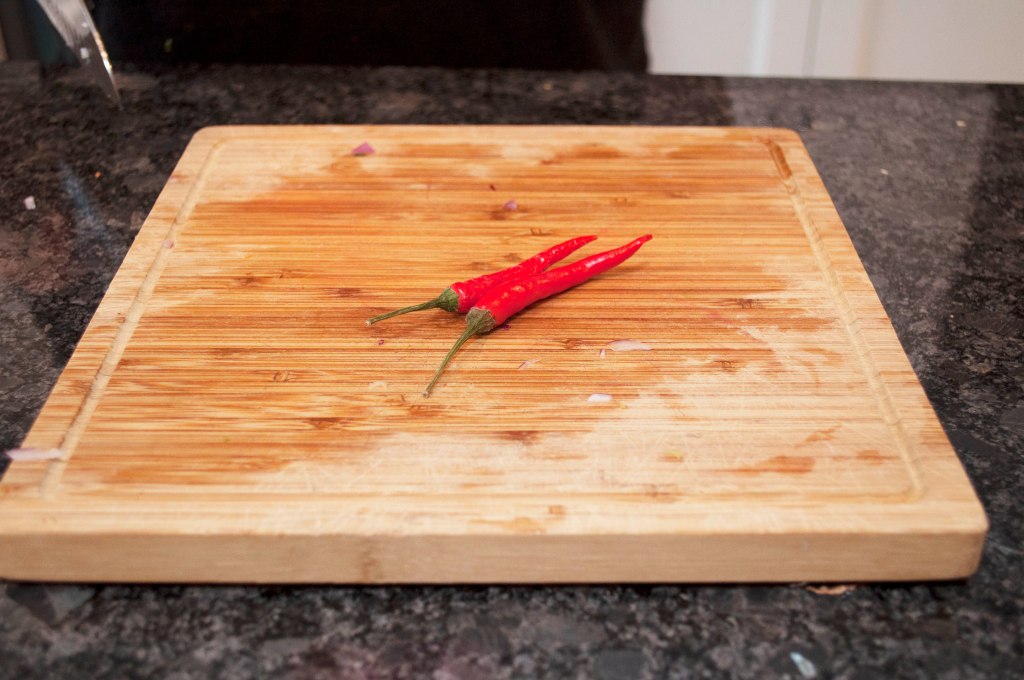Don’t touch your mask while wearing it. If you accidentally touch your mask, wash or sanitize your hands.
Similarly, Can you contract the coronavirus disease by touching a surface?
It may be possible that a person can get COVID-19 by touching a surface or object that has the virus on it and then touching their own mouth, nose, or possibly their eyes, but this is not thought to be the main way the virus spreads.
Does the COVID-19 virus live for long on clothing? Research suggests that COVID-19 doesn’t survive for long on clothing, compared to hard surfaces, and exposing the virus to heat may shorten its life. A study published in found that at room temperature, COVID-19 was detectable on fabric for up to two days, compared to seven days for plastic and metal.
Thereof, How long can COVID-19 survive on surfaces?
Data from surface survival studies indicate that a 99% reduction in infectious SARS-CoV-2 and other coronaviruses can be expected under typical indoor environmental conditions within 3 days (72 hours) on common non-porous surfaces like stainless steel, plastic, and glass .
How long can COVID-19 survive out in the air and on other surfaces?
The scientists found that severe acute respiratory syndrome coronavirus 2 (SARS-CoV-2) was detectable in aerosols for up to three hours, up to four hours on copper, up to 24 hours on cardboard and up to two to three days on plastic and stainless steel.
How soon can surfaces that have been exposed to COVID-19 be handled?
Isolate papers or any soft (porous) surfaces for a minimum of 24 hours before handling. After 24 hours, remove soft materials from the area and clean the hard (non-porous) surfaces per the cleaning and disinfection recommendations.
How to disinfect my clothes from the COVID-19 virus?
If you’re worried that your clothes may have been contaminated while at the store or another public space where social distancing is challenging, toss them into the washing machine when you get home. Standard laundry detergents should be sufficient to wash and sanitize your clothes.
How long does the coronavirus live on different materials?
Depending on the surface, the virus can live on surfaces for a few hours or up to several days. The new coronavirus seems to be able to survive the longest on plastic and stainless steel — potentially as long as three days on these surfaces. It can also live on cardboard for up to 24 hours.
How long will the coronavirus survive on paper?
The length of time varies. Some strains of coronavirus live for only a few minutes on paper, while others live for up to 5 days.
How long can COVID-19 live in the air?
Research shows that the virus can live in the air for up to 3 hours. It can get into your lungs if someone who has it breathes out and you breathe that air in. Experts are divided on how often the virus spreads through the airborne route and how much it contributes to the pandemic.
How long does the COVID-19 virus survive on cardboard?
The virus seems to be able to survive on cardboard for about 24 hours, and on plastic for up to three days. However, it’s important to know that the amount of virus detectable on a surface reduces sharply with time — with significantly less infectious virus on cardboard, for example, in as little as four hours.
Does COVID-19 live in the air?
Research shows that the virus can live in the air for up to 3 hours. It can get into your lungs if someone who has it breathes out and you breathe that air in.
How long does it take for COVID-19 droplets to settle out of the air?
The largest droplets settle out of the air rapidly, within seconds to minutes.he smallest very fine droplets, and aerosol particles formed when these fine droplets rapidly dry, are small enough that they can remain suspended in the air for minutes to hours.
Which household cleaner can disinfect against COVID-19?
Any household cleaner containing bleach or at least 70 percent alcohol should kill SARS-CoV-2, the virus that causes COVID-19.
Can COVID-19 survive on food or packaging?
Like other viruses, it is possible that the virus that causes COVID-19 can survive on surfaces or objects. If you are concerned about contamination of food or food packaging, wash your hands after handling food packaging, after removing food from the packaging, before you prepare food for eating and before you eat.
Can the coronavirus disease be transmitted through food and food packaging?
The USDA and the FDA are sharing this update based upon the best available information from scientific bodies across the globe, including a continued international consensus that the risk is exceedingly low for transmission of SARS-CoV-2 to humans via food and food packaging.
What temperature kills the virus that causes COVID-19?
Research on the impact of temperature has shown that SARS-CoV-2, the virus that causes COVID-19, is sensitive to elevated temperatures, with over 99.99% inactivation in only a few minutes at 70°C (158°F). However, this temperature is far outside the limits of human comfort and could damage some building materials.
In what conditions does COVID-19 survive the longest?
Coronaviruses die very quickly when exposed to the UV light in sunlight. Like other enveloped viruses, SARS-CoV-2 survives longest when the temperature is at room temperature or lower, and when the relative humidity is low (<50%).
How long does COVID-19 last on plastic and steel surfaces?
Scientists found that SARS-CoV-2, the virus that causes COVID-19, can be detected in aerosols for up to three hours and on plastic and stainless steel surfaces for up to three days. The findings emphasize the importance of hand washing and disinfecting frequently touched surfaces to protect against infection.
Am I at risk for COVID-19 from touching food or packaging?
Again, there is no evidence of food packaging being associated with the transmission of COVID-19. However, if you wish, you can wipe down product packaging and allow it to air dry, as an extra precaution.
Join TheMoney.co community and don’t forget to share this post !





